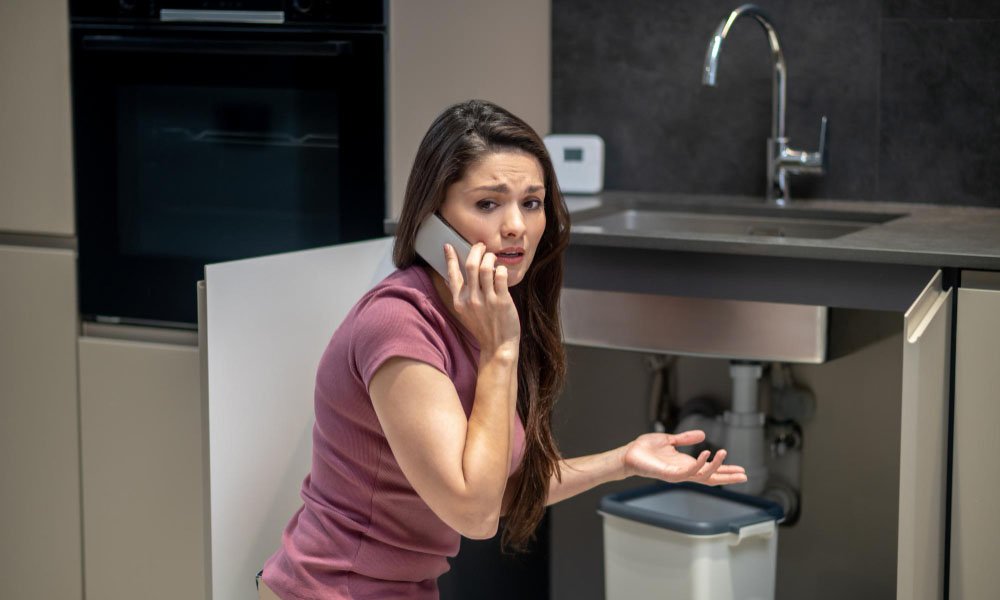Few things are more frustrating than water refusing to go down the plughole. A minor drip here or gurgle there often warns of bigger trouble ahead. If you’ve ever faced the mess and stress of blocked drains, you know how quickly a small issue can turn into a costly emergency. Thankfully, a mix of smart habits and timely action can keep your plumbing flowing freely and your home safe from unwanted surprises.
Why Drain Problems Happen (And Why You Should Care)
You can experience blocked drains due to a variety of reasons: hair, grease, soap scum, food scraps, and “foreign objects” that shouldn’t have been flushed or washed in the first place. Over time, these build-ups narrow pipes, slow flows, and eventually starve them of capacity.
Left unchecked, blocked drains can:
- Trigger unpleasant smells (especially when sewer gases back up)
- Cause slow-draining sinks, showers, or toilets
- Lead to burst pipes or leaks if pressure builds
- Demand emergency plumbing calls (which are expensive, disruptive, and often preventable)
Ultimately, prevention is far easier (and cheaper!) than cure.
Proactive Habits That Save Your Pipes
A few simple routines can dramatically reduce the risk of a major blockage. Think of them as “plumbing hygiene.”
Never rinse hot cooking fat, grease, or oils down the sink, even if they’re liquid. They congeal in the pipes and act as sticky traps for food debris. Likewise, use a strainer to catch hair, coffee grounds, and bits of food.
In bathrooms, avoid flushing sanitary products, wet wipes (even “flushable” ones), cotton wool, and excessive toilet paper.
- Weekly Flushes With Hot Water
Once a week, boil a kettle and pour hot water (carefully!) down your sink and bathroom drains to flush away light accumulation. This helps dissolve grease and move residue downstream.
- Use Enzyme or Biological Cleaners
Rather than harsh chemical drain cleaners, enzyme-based solutions, or biological drain sticks, use natural bacteria to break down organic debris. They are gentler on pipes and the environment.
- Catch Hair and Debris at the Source
Install mesh strainers over plugholes and clear them regularly. Before a shower, brush hair to reduce the load going down the drain. These simple steps stop many clogs before they form.
- Annual or Semiannual Inspection
Consider a professional CCTV drain survey to spot hidden blockages, misalignments, or root intrusion before they become emergencies. Many drainage specialists offer this non-invasive inspection.
When Trouble Strikes: Smart Fixes That Work
Even the best systems encounter trouble. Here’s how to tackle a clog without waiting hours or calling in a team (though for severe cases, call a pro).
- Baking soda + vinegar + hot water
Pour ~½ cup of bicarbonate of soda down the drain, follow with vinegar, let the fizzing action work for 15–30 minutes, then flush with hot water.
- Plunger CPR
Use a cup plunger over the drain, block overflow holes, and plunge vigorously. This pressure method can dislodge many blockages.
- Drain snake or wire hook.
A flexible snake or even a re-shaped wire coat hanger (with one end made into a hook) can help you fish out hair or debris.
- U-bend removal (for sinks)
If accessible, remove the U-bend under your sink (with a water catch bucket beneath), clear the clog, rinse it, and reassemble carefully.
If these don’t work, it’s time to call in professionals with high-pressure jetting, CCTV inspection, or pipe relining equipment to restore flow quickly and cleanly.
Final Takeaway
A little attentiveness goes a long way. Treat your drains with respect: watch what goes down them, flush wisely, and inspect periodically. Most headaches can be avoided, and when trouble does appear, early action prevents a costly mess. With these tips, your home can run smoothly with no more dreaded blockages catching you off guard.

 News3 months ago
News3 months ago
 Health2 years ago
Health2 years ago
 Technology2 years ago
Technology2 years ago
 Celebrity2 years ago
Celebrity2 years ago

















